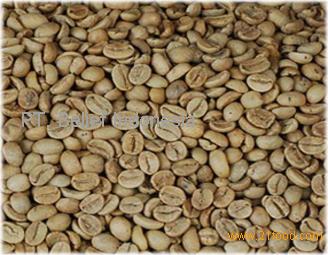
Important notes: Grown with Orang Utan Coffee Partnership to ensure habitat protection for local wildlife Buy Now Now, most of the Arabica coffee grown in Indonesia is Sumatran. Green coffee production remains strong to this day, with over 61,000 tons being exported in 2019.Īroma: Dark berries, chocolate, fresh-fallen leaves As a result, more Arabica varieties were planted there – some with mild disease resistance.

The high-altitude plantations on Sumatra were much less affected, many did not suffer from coffee leaf rust at all.

To this day most of the coffee grown in Indonesia is Robusta. It was initially brought to Java, obviously, but spread across the islands that were ideally suited to coffee growing. Though it didn’t reach the highlands of Sumatra until 1888.Ĭoffee leaf rust decimated the Arabica coffee plantations of Indonesia and they were replanted with Robusta, which is much more disease resistant than the Typica Arabica variety that had initially been brought to the islands. Sumatra coffee history starts in the 1600s when coffee was brought to Indonesia by the Dutch. Sumatra is the westernmost island of Indonesia and is nearly perfectly bisected by the equator.


 0 kommentar(er)
0 kommentar(er)
